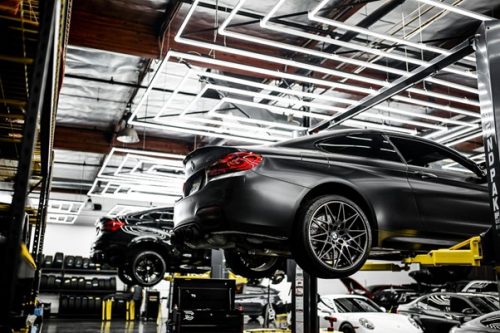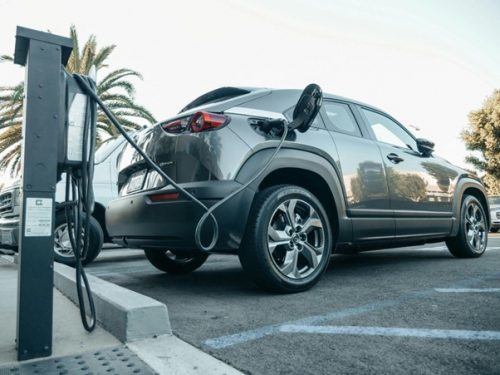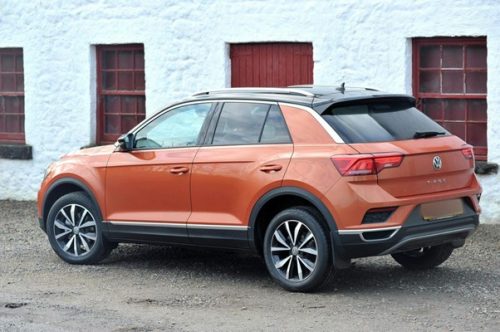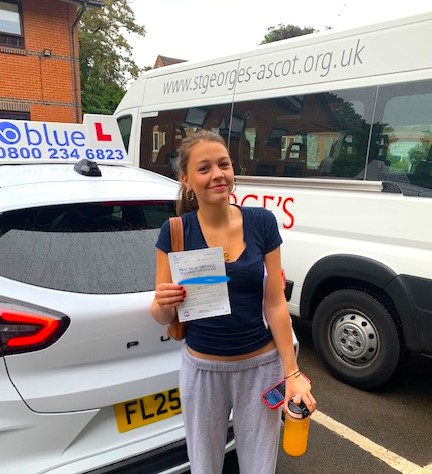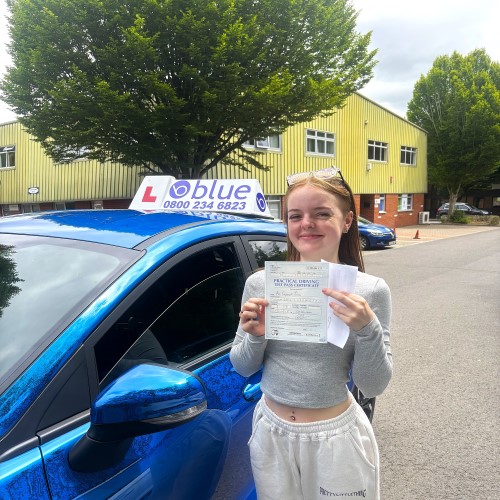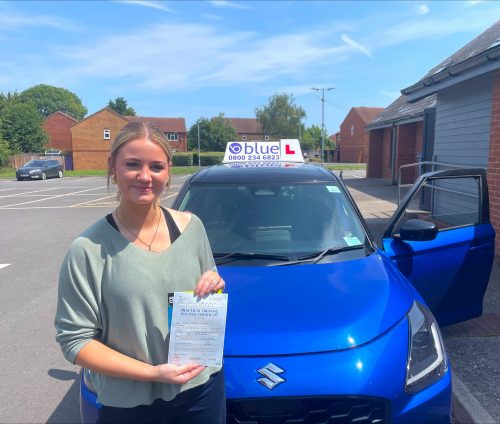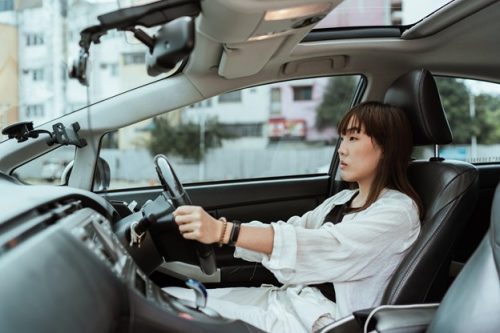
How Has COVID-19 Affected Driving Behavior?
Posted in: Driving Tips, News.
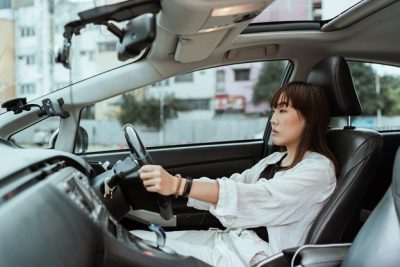
Image Source: Pexels
Lockdowns and stay-at-home orders were prominent in the early days of the coronavirus (COVID-19) pandemic. Yet, they did little to deter reckless driving in 2020, according to research from the National Safety Council (NSC).
The NSC estimated 42,060 people died in vehicle crashes in 2020, which represented an 8% year-over-year increase. It also noted the fatality rate per 100 million miles rose 24%, the largest annual percentage increase since 1923.
Why Have Vehicle Crashes Increased During the Pandemic?
Speeding has been a key factor in reckless driving behaviour during the pandemic, Ken Kolosh, NSC’s manager of statistics, told USA Today. As more people get vaccinated and road traffic increases, the risk of speeding-related accidents may rise as well.
Furthermore, tests of trauma center patients involved in traffic crashes during the pandemic revealed increased use of alcohol, marijuana, and opioids, Kolosh said. These illicit substances can impact a driver’s cognitive functioning, making it difficult to stay focused on the road. They can also make a driver more susceptible than ever before to lane weaving and other unsafe driving behaviours.
What Does the Future Hold for Driving Behaviours During the Pandemic?
To date, the pandemic has transformed travel and transport across the United States. It looks poised to alter the way people drive in the months and years to come, too.
For instance, businesses increasingly let employees work remotely during the pandemic. As more people get vaccinated for COVID-19, companies appear likely to transition to a hybrid work model. With this model, workers would spend a portion of their time completing tasks remotely. And, they would commit the rest of their time working in a traditional work environment in the same way they did before the pandemic.
The hybrid work model highlights companies’ commitment to providing their employees with flexible work arrangements. But, it may lead to an uptick in road traffic going forward. Regardless, workers will need to practice caution as they navigate the roads to minimize the risk of endangering themselves or others.
Along with a rise in remote work, travel restrictions forced many people to cancel vacations and other trips during the pandemic. However, travel restrictions are being lifted in cities and towns nationwide. The CDC has also said fully vaccinated people are safe to travel once again.
Over 131 million Americans have received a COVID-19 vaccination as of May 25, 2021. This total may continue to rise. As it does, the number of people traveling could increase accordingly.
Those who are fully vaccinated may consider road trips in the foreseeable future. For these people, it is important to plan ahead. That way, they can drive safely as they travel from point A to point B.
Safe Driving Behaviours You Need to Know
If you’re fully vaccinated and plan to hit the road soon, here are eight safe driving behaviours you need to follow:
- Buckle up. The National Highway Traffic Safety Administration estimates seat belt use saves tens of thousands of lives annually. So, buckle up, every time you drive. And, ensure anyone you travel with fastens their seatbelt, too.
- Drive the speed limit. Keep an eye out for road signs and comply with the speed limit. If you’re driving in rain or other harsh weather conditions, you may also want to slow down and give yourself plenty of space away from other vehicles.
- Observe traffic signals. Watch for stop signs and traffic signals. Follow them closely, because failure to do so could result in accidents.
- Don’t drink and drive. Any amount of alcohol can impair your ability to drive. If you have consumed alcohol, do not get behind the wheel. Instead, ask a sober friend or family member to drive.
- Stay alert. Do not drive if you feel too tired to do so, as drowsiness can impact your reaction time. In this instance, get some rest and return to the road when you feel ready to do so.
- Eliminate distractions. Turn off your cell phone and remove any other potential driving distractions. In doing so, you can focus on what’s most important: reaching your final destination safely. Self-driving cars are changing the business of how we drive, and that includes distractions. Their safety measures, like lane assist or adaptive cruise control, help young and new drivers stay on the road. As they become more sophisticated, they’ll do most, if not all, the work.
- Use the 3-second rule. Stay at least 3 seconds away from cars in front of you. This ensures you’ll have sufficient space to stop your car if the driver in front of you suddenly slams on their vehicle’s brakes.
- Embrace a safety-first mindset. Control what you can control and do your part to travel safely at all times. Don’t rely on others to eliminate driving risks for you; conversely, be careful, and you’ll be well-equipped to avoid accidents.
Finally, prioritize safe driving every day, without exception. This ensures that you can keep the roads safe for all drivers. Best of all, you’ll be able to travel safely on the roads both during the pandemic and after it ends.
Tags: How Has COVID-19 Affected Driving Behaviour?






